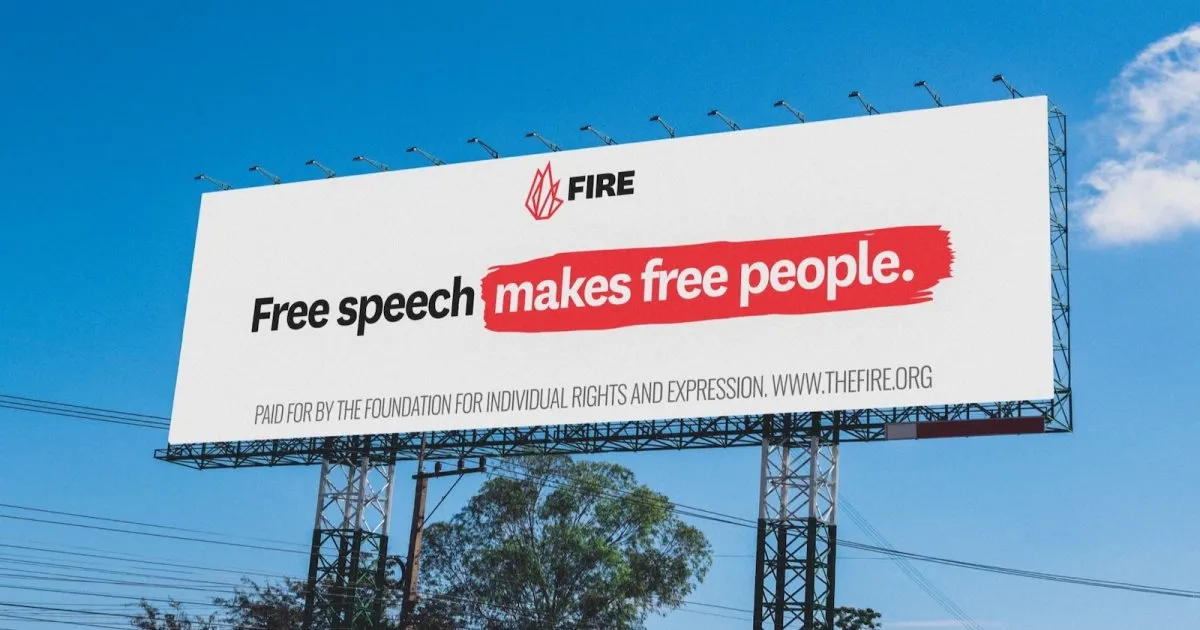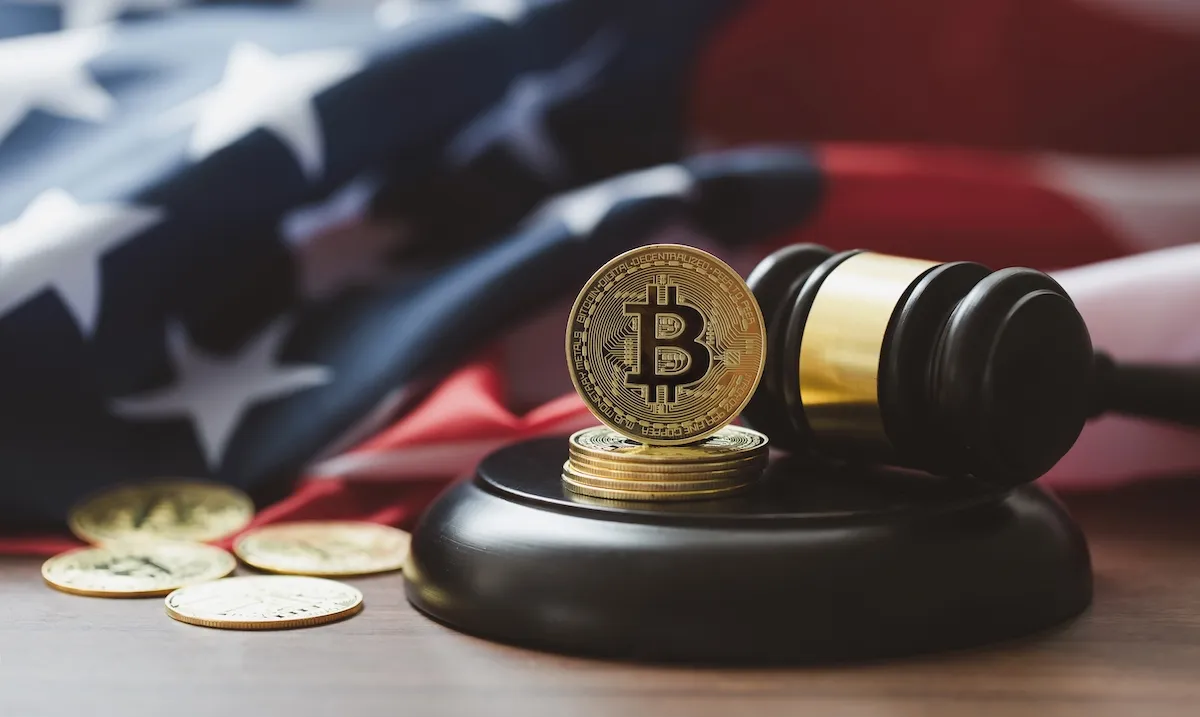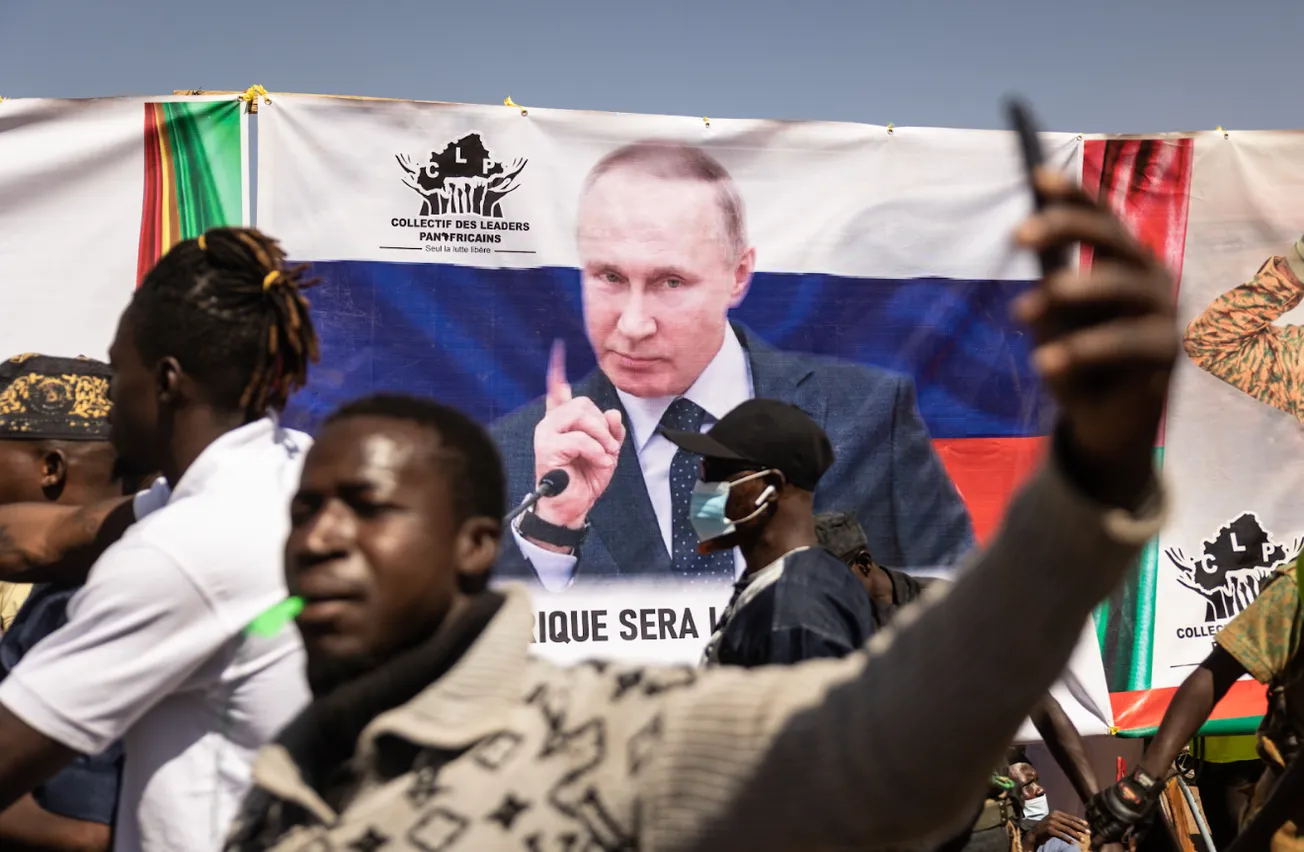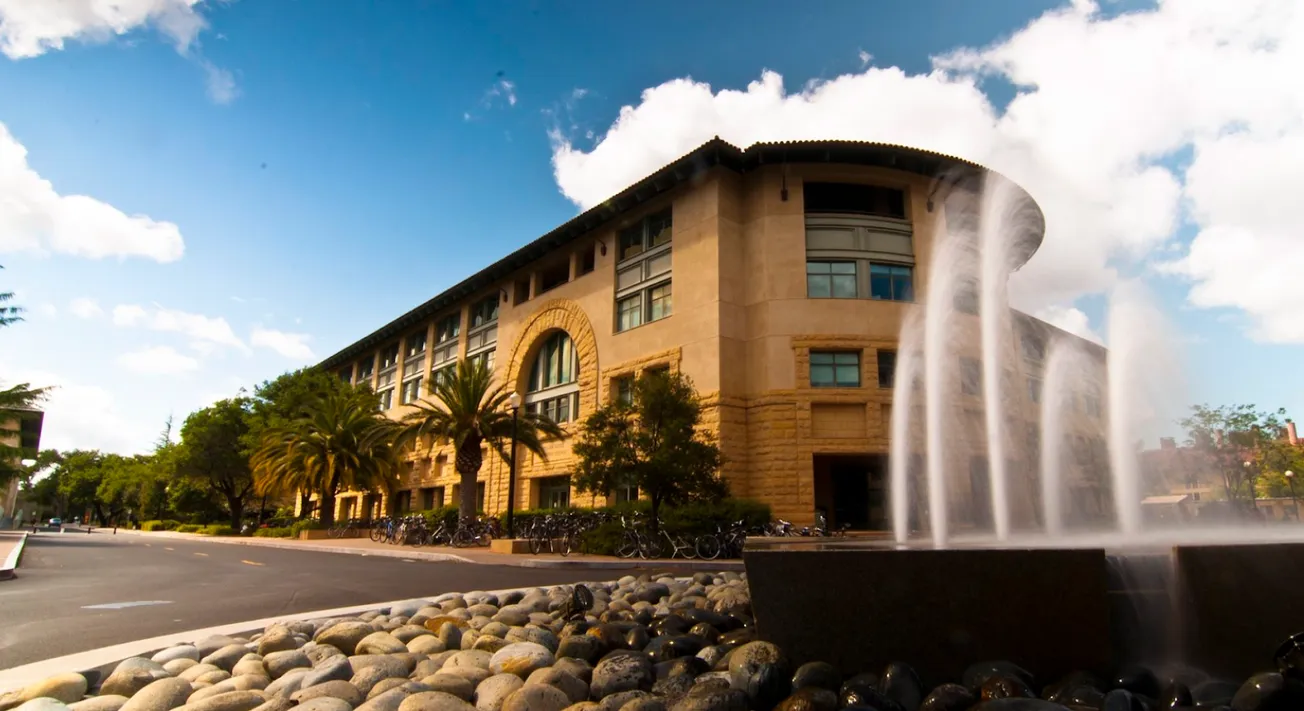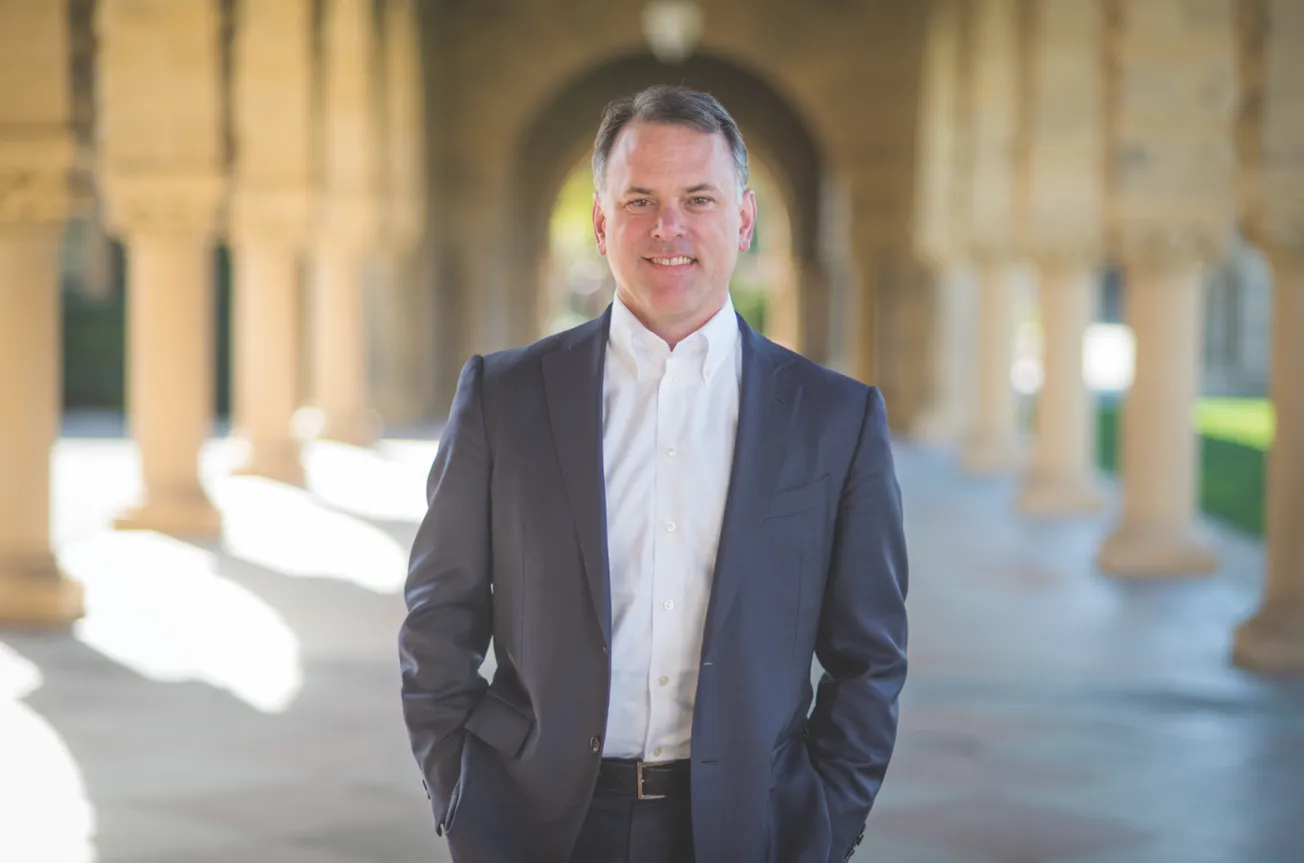Table of Contents
Across the country, university speech crackdowns are becoming bipartisan, targeting leftist and conservative students alike. At Stanford, they’ve all but disappeared.
At least that’s what the latest report from the Foundation for Individual Rights and Expression (FIRE), released today, indicates. Their “Students under FIRE” report documents and analyzes 1,014 attempts between 2020 and 2024 to “investigate, censor, or otherwise discipline” students and student groups for speech protected under the First Amendment. The report concludes that, in the wake of the Israel-Palestine conflict, student-driven censorship of conservative viewpoints has given way to administration-driven restriction of leftist speech. Yet Stanford has moved from a punitive environment to a more principled free-speech climate under Presidents Saller and Levin, even as the American university writ large has entered an era of bipartisan censorship.
FIRE’s analysis divides nationwide campus censorship into two distinct chapters. From 2020 to 2022, the flashpoint was race. Following George Floyd’s murder and the subsequent Black Lives Matter protests, radical leftist students bludgeoned administrators into censoring conservative speech. In this period, FIRE’s report finds that almost three-fifths of attempts to punish students were initiated by other students; 72% of these attempts came from the left; and race drove more speech controversies than all other reasons combined, trumping even COVID and the 2020 presidential election. Chillingly, two-thirds of race-related controversies led to formal investigations, mandatory training, expulsion, or other punishments.
After October 7, 2023, the script flipped. As pro-Palestine encampments proliferated, the Israel-Palestine conflict came to comprise 65% of new speech controversies by 2024. Administrators, not peers, led the crackdown on speech, initiating the majority of attempts to punish students for speech. Victims of these attempts were mostly left-wing students, as government officials led more efforts to sanction students “than in any other period.” The report likely underdocuments administrative repression of pro-Palestine speech, since it treats restrictions on encampments as time, place, and manner restrictions rather than restrictions on freedom of speech. Nevertheless, per the report, conservative viewpoints remain disproportionately targeted, with 40% more students targeted from the left than from the right between 2020 and 2024.
Just two years ago, campus censorship was almost entirely a conservative issue; at UNC, for instance, four times more conservative students than liberal students reported self-censoring. According to the FIRE report, that’s no longer the case. Norms of censorship, built by leftists to suppress conservatives, are increasingly being turned against them; as the report notes, “speech restrictions are like poison gas: … the wind shifts and blows the gas back on you.”
Amid this national upheaval, Stanford stands out for meaningful progress. According to FIRE, under Marc Tessier-Lavigne’s administration, Stanford racked up three speech incidents in 2021 alone, a pace outstripping many peer institutions. Nicholas Wallace was investigated for sending a satirical email on the “originalist case for insurrection” following January 6. The administration denounced, expelled, and banned Chase Vinci from entering campus for a series of racist social media posts, citing them as a “direct or implied” threat to members of the Stanford community. But when Gabby Carter called for white people to be “eradicated” - certainly an “implied threat” - the university didn’t even open an investigation. The year before, Stanford had launched its notorious “Elimination of Harmful Language Initiative,” recommending that terms like “American” and “brave” be scrubbed from Stanford websites. Leftist speech was to be protected; all other speech was to be restricted.
Fortunately, under Presidents Saller and Levin, both the volume and bias of censorship have plummeted. Post 2023, FIRE has recorded only one additional speech incident at Stanford: a student photographed with Nazi paraphernalia, handled via a standard investigation. Thus, despite the heightened clip of censorship in 2021, Stanford racks up only five unique speech incidents over the four years covered by FIRE’s database, fewer than peer institutions Harvard or Columbia. Strikingly, Stanford has not a single documented instance of restricting speech related to the Israel-Palestine conflict, a stark contrast in a report where 2023 and 2024 were dominated by such restrictions.
Stanford has continued this evenhanded approach in its time, place, and manner restrictions on pro-Palestine encampments. Drawing a clear line between speech and security, Stanford restricted the encampments only, and as soon as, they posed a threat to campus safety–either by drawing off security needed for parents’ visiting weekend, or when pro-Palestine agitators broke into the presidents’ office–avoiding the excessive punishments or excessive leniency at other universities.
Beyond the Israel-Palestine conflict, President Levin delivered opening remarks at a pandemic policy conference hosted by now-NIH director, then-Stanford professor, and former Review staffer Jay Bhattacharya. The conference, criticizing lockdowns, school closures, and the censorship of dissenting medical views, would’ve been unthinkable just years earlier.
The outlook for free speech is bright, and not just at Stanford.
After all, the most repressive institutions are those where a vocal minority of radicalized students conspire with the administration to suppress swathes of ideological viewpoints, driving students to self-censor. In some sense, in a report tracking official administrative punishments, the most and least repressive institutions will look almost identical: both will have much fewer speech incidents than battleground institutions where undercurrents of dissent are persecuted but still alive.
And so the best news from this report is not that free speech incidents have fallen fourfold since 2020. It’s that students no longer initiate the majority of attempts to punish other students for expressing themselves. The unholy alliance between administration and radicalized students is over.
When students no longer police each other’s speech, when peer pressure and administrative aggression no longer choke the expression of diverse ideas, only then can freedom of speech flourish and the best ideas propel the American elite and the country forward into a new era of unprecedented prosperity.

